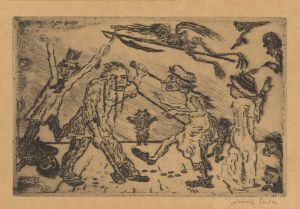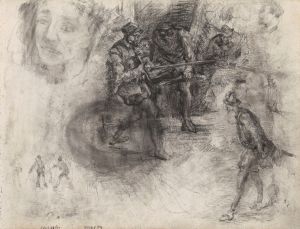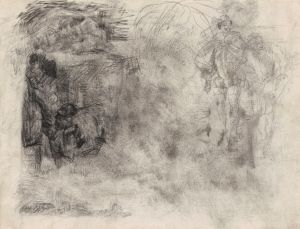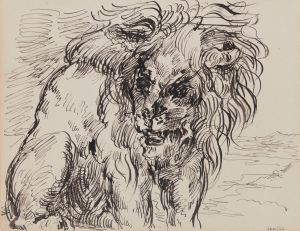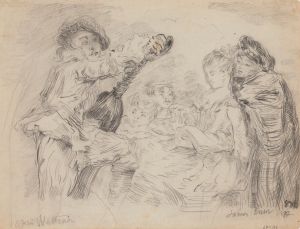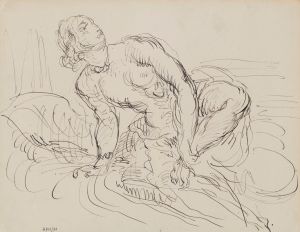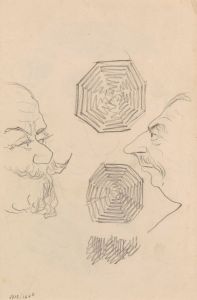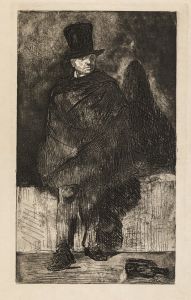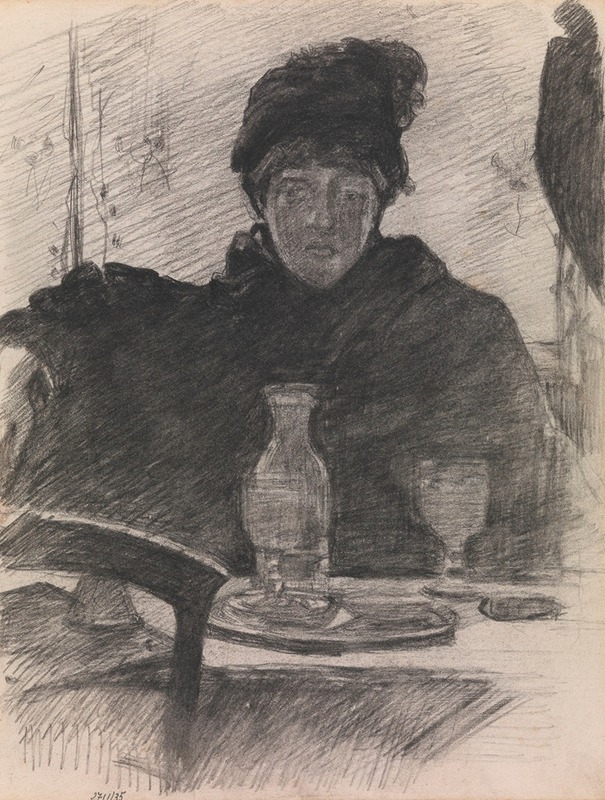
The Absinth Drinker
A hand-painted replica of James Ensor’s masterpiece The Absinth Drinker, meticulously crafted by professional artists to capture the true essence of the original. Each piece is created with museum-quality canvas and rare mineral pigments, carefully painted by experienced artists with delicate brushstrokes and rich, layered colors to perfectly recreate the texture of the original artwork. Unlike machine-printed reproductions, this hand-painted version brings the painting to life, infused with the artist’s emotions and skill in every stroke. Whether for personal collection or home decoration, it instantly elevates the artistic atmosphere of any space.
"The Absinth Drinker" is a painting by the Belgian artist James Ensor, created in 1887. Ensor, known for his unique and often provocative style, was a prominent figure in the Symbolist movement and later influenced the development of Expressionism. His works frequently explore themes of existential anxiety, social critique, and the grotesque, often employing a vivid and sometimes unsettling use of color and form.
"The Absinth Drinker" is a striking example of Ensor's ability to blend realism with symbolic and fantastical elements. The painting depicts a solitary figure seated at a table, with a glass of absinthe in front of him. Absinthe, a highly alcoholic spirit, was a popular drink in late 19th-century Europe, often associated with bohemian culture and the avant-garde. It was also linked to various social issues, including addiction and mental health problems, which were subjects of public debate at the time.
Ensor's depiction of the absinth drinker is characterized by a sense of isolation and introspection. The figure appears to be lost in thought, perhaps reflecting the introspective and sometimes hallucinatory effects attributed to absinthe consumption. The use of light and shadow in the painting enhances the mood of melancholy and contemplation, with the drinker seemingly detached from his surroundings.
The composition of the painting is notable for its focus on the central figure, with minimal background detail, drawing the viewer's attention to the drinker's expression and posture. Ensor's brushwork is expressive, capturing the textures and colors of the scene with a sense of immediacy and emotion. The palette is dominated by muted tones, with occasional bursts of brighter color, reflecting the somber yet complex nature of the subject matter.
"The Absinth Drinker" can be seen as a commentary on the social and psychological effects of absinthe, as well as a broader exploration of human solitude and introspection. Ensor's work often challenges the viewer to consider the deeper implications of everyday scenes and objects, and this painting is no exception. It invites reflection on the nature of escapism, the search for meaning, and the impact of societal norms on individual behavior.
James Ensor's contribution to art extends beyond his individual works, as he played a significant role in the transition from 19th-century realism to the more abstract and expressive styles of the 20th century. His innovative approach and willingness to tackle controversial subjects have left a lasting impact on the art world, influencing generations of artists who followed.
"The Absinth Drinker" remains an important piece within Ensor's oeuvre, exemplifying his skill in combining technical proficiency with a deep engagement with the human condition. It continues to be studied and appreciated for its artistic and historical significance, offering insights into the cultural and social dynamics of its time.







